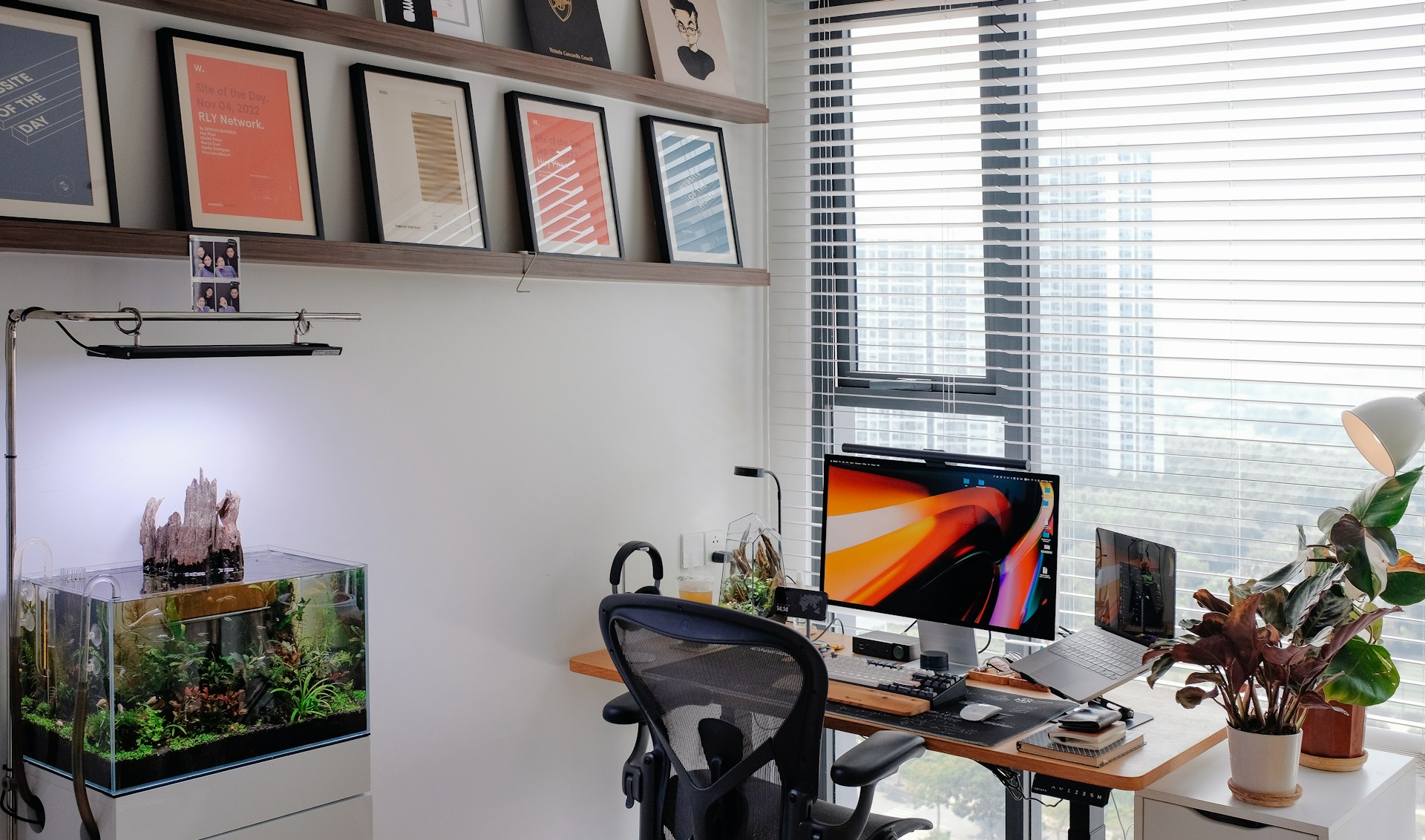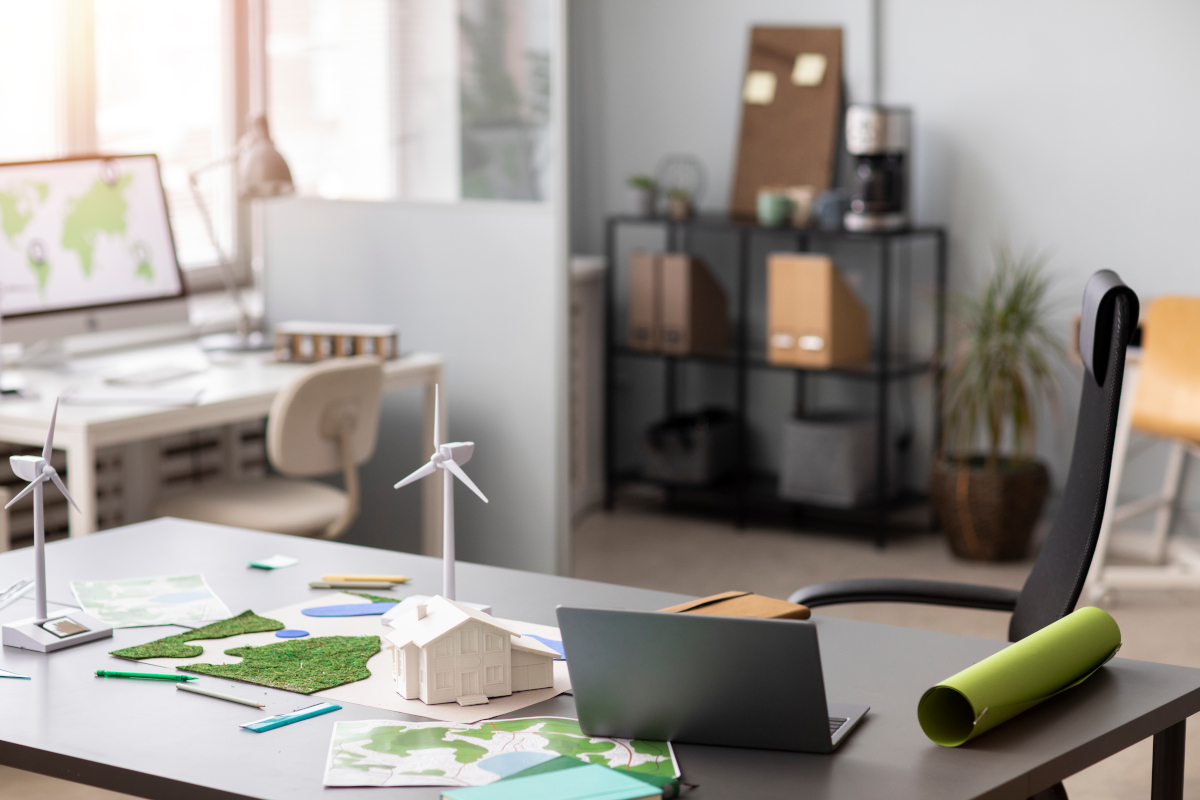Urban Energy-Saving Tips for Small Businesses
In the competitive, cost-conscious environment of today, small businesses in city centers are increasingly under pressure to go lean and green. With increasing utility bills, outdated building infrastructure, and little control over common areas, minimizing energy expenses in an urban environment may not always be easy, but it can be done.
The good news is that energy efficiency does not have to break the bank. With proper strategies and devices, small business owners in urban settings can save money, promote sustainability, and even enhance the comfort and productivity of their offices.
Here's how your small business can begin saving energy, one practical step at a time.
Know Your Energy Drains: What's Costing You the Most?
If you want to save energy, first you need to know where it's slipping away from you. In most small businesses, the biggest drainers of energy are:
Lighting (particularly fluorescent or halogen bulbs)
Continuous or inefficient HVAC systems
Office machinery such as printers, desktop computers, and refrigerators
Old windows or inadequate insulation that allowed heating/cooling to escape
Employ a smart plug or portable power monitor to monitor how much electricity specific appliances are using. You may be amazed at which "small" devices are quietly running up your energy bill.
Low-Cost Changes That Make a Big Impact
Reducing your energy expenditure does not need to involve a complete renovation. Even minor, inexpensive changes can result in significant savings on your regular utility bills. Small urban businesses can end up being much more energy-efficient with a bit of planning and persistence without requiring large initial investments.
1. Lighting
- Switch to LED lights, they consume up to 75% less energy and last longer.
- Add motion sensors to bathrooms, storage rooms, or break rooms.
- Implement dimmers or daylight-sensing lights to minimize excessive light usage during the day.
2. HVAC Efficiency
- Clean or replace filters every 1-3 months.
- Install a programmable or smart thermostat to adjust temperature settings when the company is not in business.
- Utilize ceiling fans to make circulation more effective and minimize demands for continuous cooling.
3. Office Equipment
- Urge employees to turn off computers rather than leave them on standby overnight.
- Put devices such as monitors and printers in energy-saving modes.
- Select Energy Star-rated appliances when replacing outdated ones.
Long-Term Investments That Pay Off
If you're willing to bring your energy efficiency up a notch, think about these upgrades with a greater initial expense, but great long-term ROI.
1. Insulation & Windows
- Use weather stripping and caulk around doors and windows.
- Upgrade windows to double-glazed or apply reflective window film to cut summer heat gain.
2. Electrical System Improvements
- Swap out old electrical panels or circuits that make things inefficient.
- In other instances, a phase converter enables small businesses to operate industrial or commercial-grade equipment with greater efficiency using existing single-phase power, sparing the expense of upgrading infrastructure.
3. Renewable Energy Options
- If permitted in your building, install solar panels on your roof to offset electricity consumption.
- Look into community solar programs; many urban areas now provide shared access to solar energy without on-site installations.
Urban-Specific Energy Strategies
Urban settings have their challenges and opportunities. Here's how to deal with them.
- Negotiate with your power company. You might be eligible for commercial rate schedules or off-peak rates according to your usage cycle.
- Look for local rebates. States and cities offer grants or tax credits for energy retrofits.
- Participate in green business networks. They usually offer access to resources, incentives, and referrals for cost-effective improvements.
- If you lease common office space, ask to see access to utility information or propose using sub-metering to monitor your consumption separately.

Employee Habits Matter: Build a Culture of Efficiency
With even the finest gear, human behavior contributes significantly to your energy footprint. Encourage your employees to follow energy-saving practices.
- Train staff on how to effectively shut down equipment at the end of a shift.
- Establish closing time checklists that incorporate lights, A/C, and equipment shutdown.
- Reward employees who provide or implement energy-smart practices.
An engaged team can significantly cut waste, without spending a dime.
Monitor Your Progress
Establish a baseline and track your energy gains over time. Utilize your monthly bills or use a smart meter to monitor performance.
- Establish achievable goals, such as decreasing energy consumption by 10% within the next quarter.
- Check usage patterns periodically to observe what's succeeding.
- Communicate results with your team to reinforce the power of your combined efforts.
Bottom Line
Energy efficiency doesn't have to cost a lot or require complicated technology. For urban small businesses, even small changes, such as replacing light bulbs, training employees, or optimizing HVAC timing, can yield significant savings and a more sustainable business.
Whether you lease a storefront, operate a cafe, or work from a co-working space, there are always ways to optimize the way you consume energy.
Remember that each kilowatt saved is in your pocket is one step closer to a smarter, greener business future.
Published 6/24/25
